Tutorials
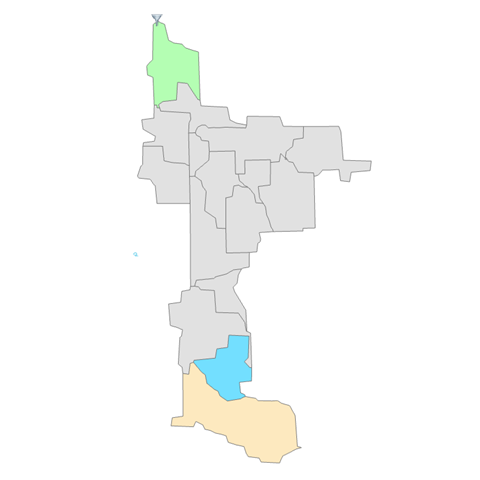
Tutorial 01: Post-development Runoff in an Urban Catchment
Surface runoff from a 49-acre residential site is computed for several design-storm events under both pre- and post-development conditions.
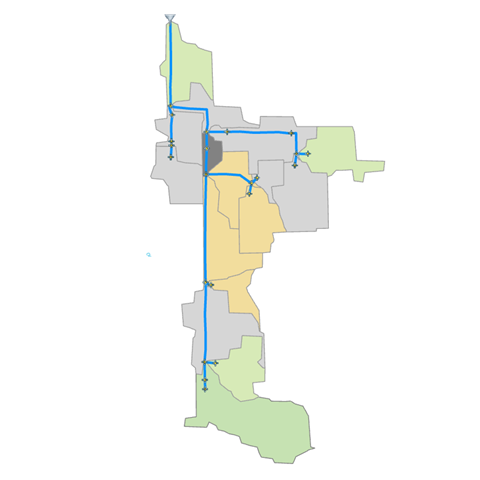
Tutorial 02: Surface Drainage Hydraulics
A surface runoff conveyance network is added to the post-development catchment area of Tutorial 01 and is analyzed with GeoSWMM’s various hydraulic routing options.
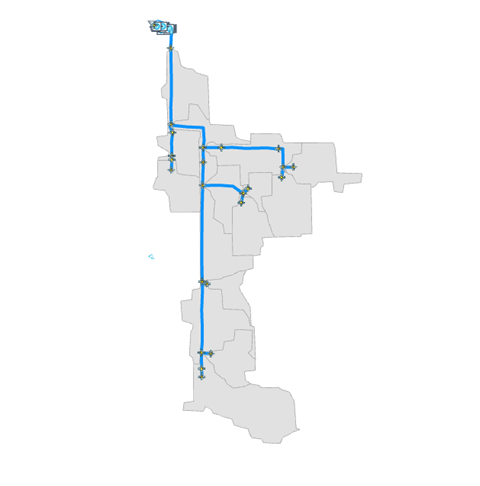
Tutorial 03: Detention Pond Design
A detention pond and outlet structure are designed for the post-development condition of Tutorial 02 to meet both water quality control and peak flow reduction criteria.
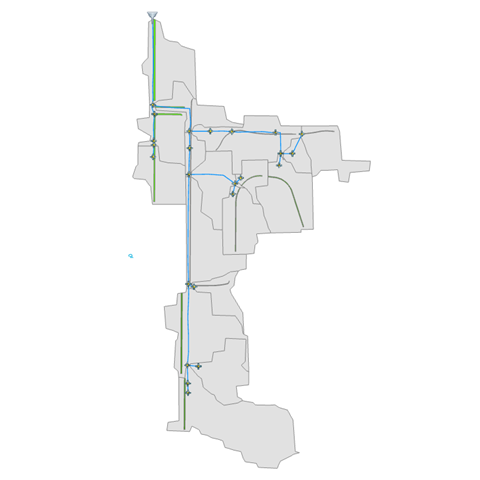
Tutorial 04: Low Impact Development
Two typical Low Impact Development (LID) controls, filter strips and infiltration trenches are placed within the post-development catchment modeled in Tutorial 02.
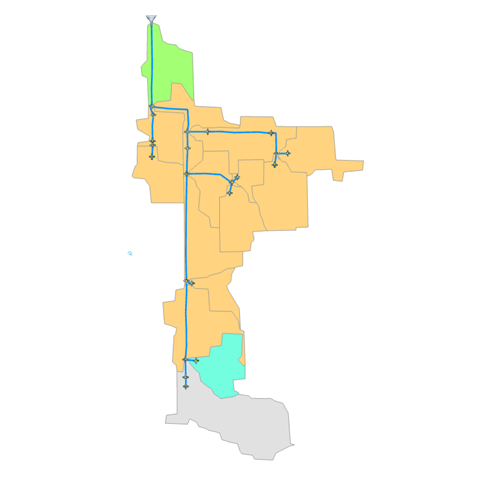
Tutorial 05: Runoff Water Quality
The buildup, wash-off and routing of total suspended solids (TSS) are simulated within the post-development catchment modeled in Tutorial 02.
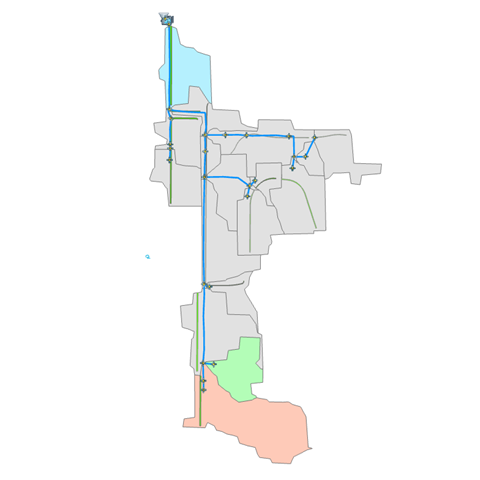
Tutorial 06: Runoff Treatment
The removal of TSS in the LID controls and detention pond of Tutorial 03 and Tutorial 04 is modeled.
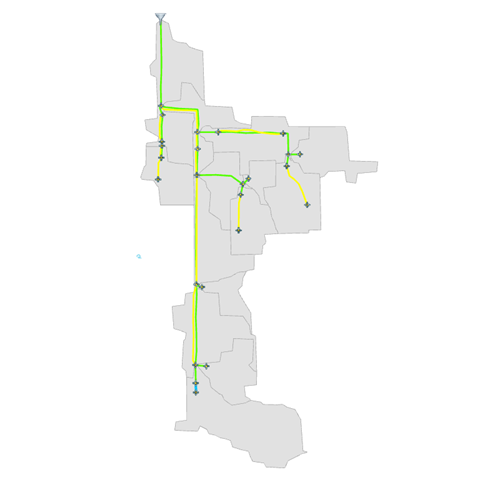
Tutorial 07: Dual Drainage Systems
Tutorial 02’s surface drainage system has been converted into a dual drainage system consisting of underground storm sewers and above-ground streets and gutters, which are subject to surcharged flow and street flooding.
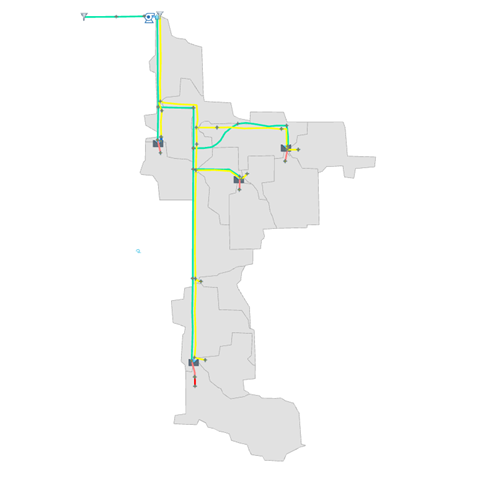
Tutorial 08: Combined Sewer Systems
The sewer system of Tutorial 07 is converted into a combined system that carries both dry weather sanitary flow and wet weather runoff, including/incorporating various flow diversion.
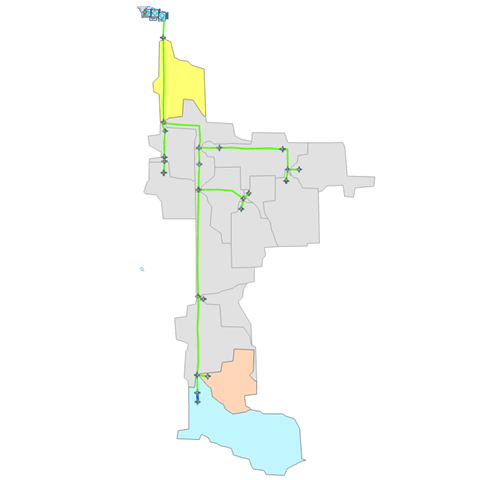
Tutorial 09: Continuous Simulation
GeoSWMM’s post-processing tools are used to analyze the performance of the detention pond designed in Tutorial 03 over a continuous 10-year period of historical rain.
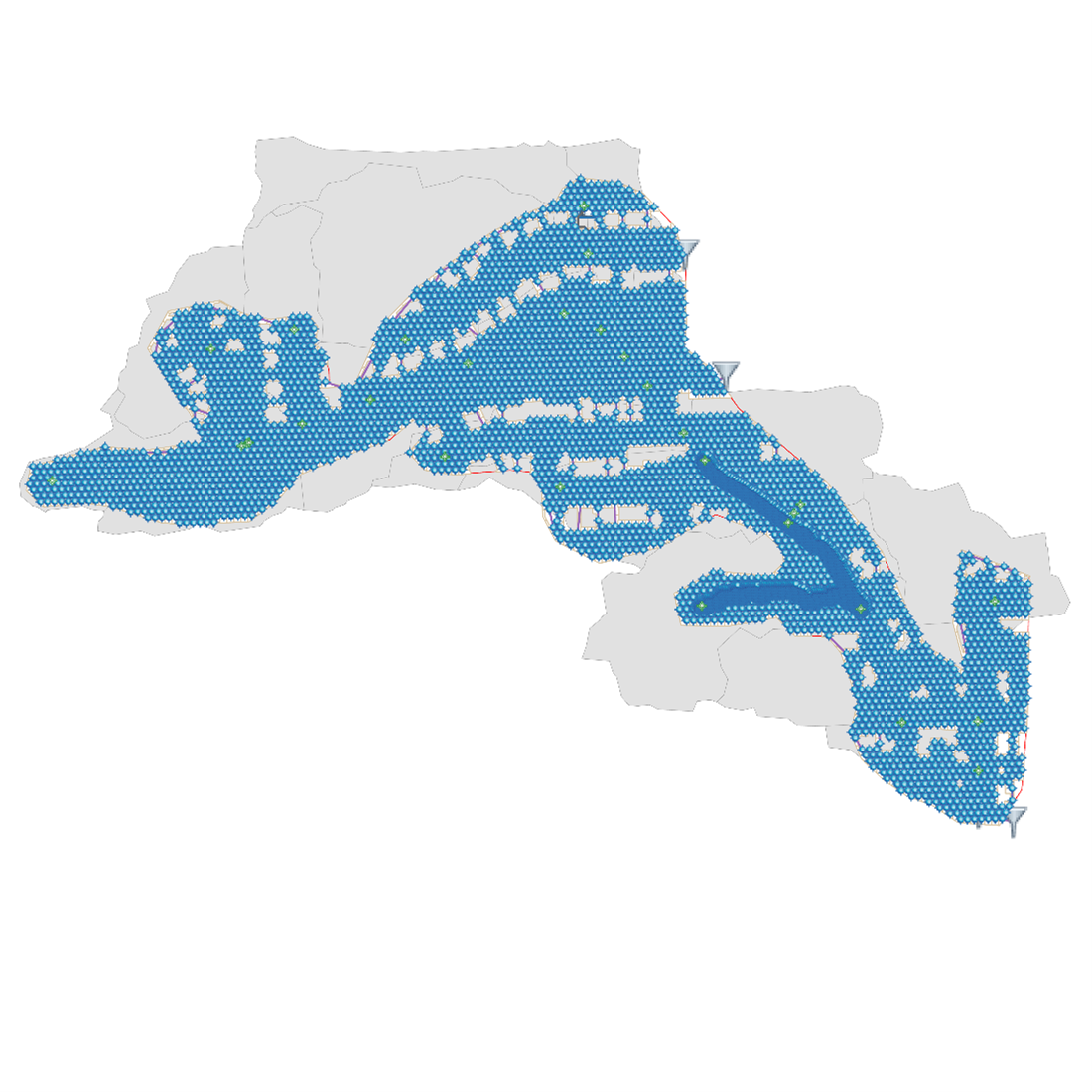
Tutorial 10: Urban Flooding – 2D Model Simulation
This tutorial utilizes the GeoSWMM 2D model to explore flood extents in urban watersheds, providing a detailed analysis of surface water flow during large storm events.
